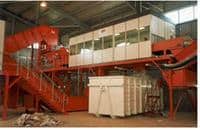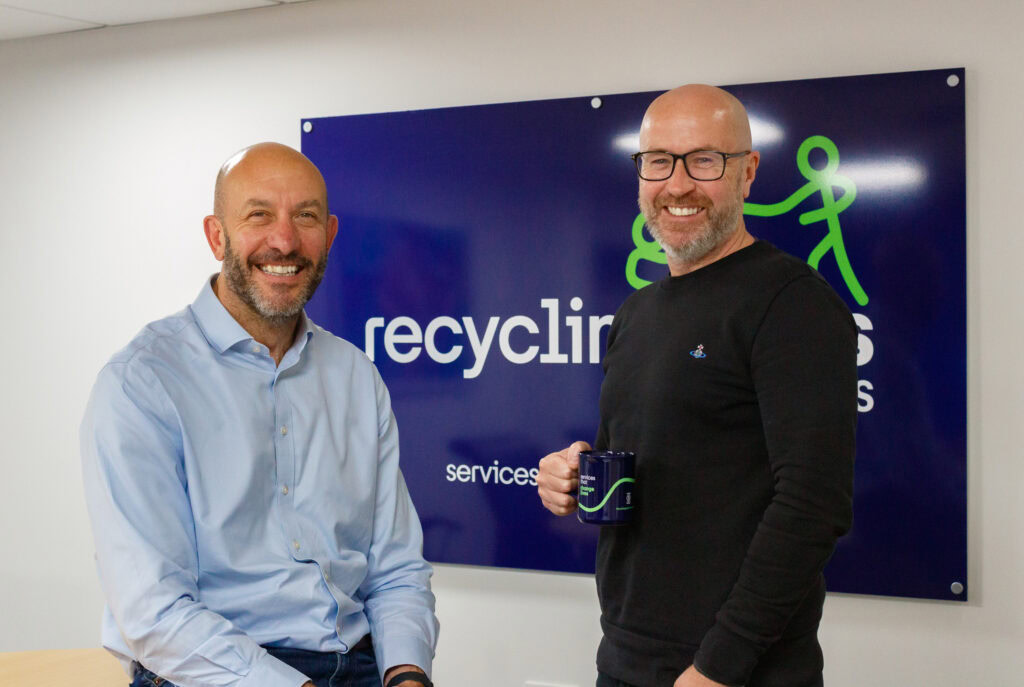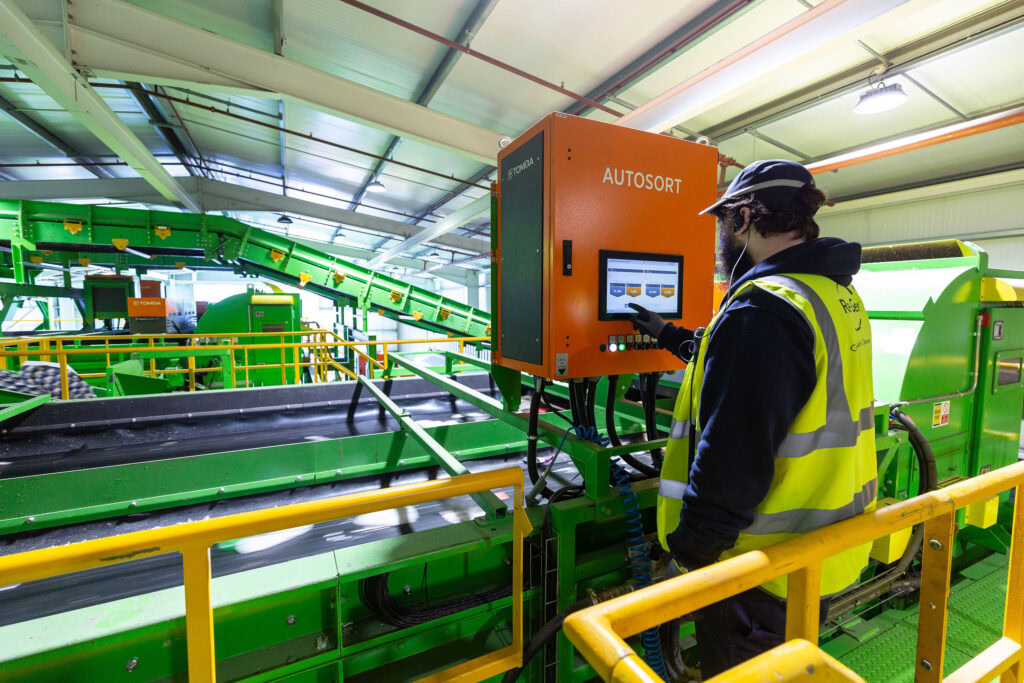What the committee has done is to give useful information for design and operation of a MRF and much of it in a thought-provoking way.
A MRF is defined in the study as “a central operation where source-segregated, dry, recyclable materials are sorted, mechanically or manually to market specifications for processing into secondary materials.”
It seems that the IWM prefers the term materials recovery facilities, which is also used by the government. However, both parties also include the term materials recycling facility in, respectively, their report and waste strategy.
The distinction is made between a MRF, sorting “positively managed waste streams” and “mixed solid waste sorting facilities”. The study says this is important citing other studies which have noted “significant airborne health and safety risks to operatives working in the mixed solid sector”.
And, the IWM study appears to dismiss any notion of such mixed waste facilities having a role to play in the UK, especially in the light of a tightening up of health and safety standards. (Pictured left is a typical UK plant which has positively managed waste streams)
A substantial MRF can be equipped for just £250,000 says the report, which gives it the edge on an energy from waste plant which could cost £50-80 million.
Uncertain markets
But the study clearly recognises that the uncertainty of the recyclate market is also a fundamental economic problem for all mechanical recycling routes. This is one reason, it suggests, that the largest providers of kerbside collection in the UK currently – for abot 3 million households – are community based not-for-profit companies that have pursued the low capital cost route of kerbside sorting.
A vital part of a successful MRF relates to the collection of materials. The study says: “Experience in the UK indicates the essential requirement is to manage the design of the collection programme in line with the design of the MRF, and to ensure these systems work together to increase efficiency.
“This is doubly important in the development of integrated waste strategies that rely on the use of MRFs as part of the overall management of waste arisings. The efficiency of a MRF should complement the efficiency of the collection system.”
Another way to help achieve success, says the study, is to make sure that public participation is strong. This leads to better source separation than might be achieved otherwise. However, the report warns that it is imperative that the complexity of any kerbside collection scheme is minimised.
Design
Design guidelines are given generally and for low-tech as against high-tech MRFs. Overall though, the separation of waste is theoretically a relatively straightforward operation. What must not be forgotten is that the method of collection can have a considerable impact upon the design of the MRF – for example, if materials are collected in bags, how the bags will be opened needs to be worked out. (pictured below: one of the UK's most modern MRFs for AJ Bull in Surrey).
With more advanced sorting and handling equipment coming onto the market in recent years, the working group look at high tech vs low tech MRFs. The two types of MRFs have very different philosophies, says the report and so the designer needs to know which route the operator will want to follow.
Low-tech MRFs are seen as labour intensive. These have unsorted material placed, usually by a loading vehicle, onto a primary reception conveyor. The conveyor system takes the materials up to a sorting conveyor where operatives remove recyclables.
In a high-tech plant material may go through a bag splitter and to a pre sort station and then on for screening to remove fines. Equipment including inclined conveyor, a paper grader or star screen can separate the newspaper and cardboard from the plastics bottles and cans.
Plastics
The study says that even in a high-tech MRF, handsorting will still be required for plastics. “Plastics separators and glass separators are available but due to their high cost are held to be economic only in very large plants where the volume is sufficient to justify them”.
Health and safety is an important area of consideration, with regard to repetitive movements, transport, fire and airborne organisms.
The study says that most MRFs have a dusty environment and the electrical system needs to take account of this.
On the health side it notes that dust and bioaerosols from MRFs have attracted particular attention and research is still being undertaken into health affects. Effective ventilation can help control dust problems.
Bioaerosols are solid or liquid particles in the air either in the form of aggregates, droplets or attached to particles such as dust.
The study says that these are linked with infection and allergic reactions in MRF workers. They come mostly from dry recyclables contaminated with organic materials.
The working group found that the amount of bioaerosols was lower where recyclables arrived at the MRF having been separated at source.
The study says that it is possible that statutory occupational control levels could be imposed by the HSE “in due course”.
Ergonomics have always been essential in a MRF for operatives working on conveyor belts. The height of the belt has been the subject of much discussion within the MRF sector in the UK. The study group recognises the need to get the belt height right, but rather surprisingly failed to give any recommendations.
Full copies of the report, Materials Recovery Facilities, are available from the IWM, tel: 0160 620426, fax: for £15 plus £1 postage.











Subscribe for free